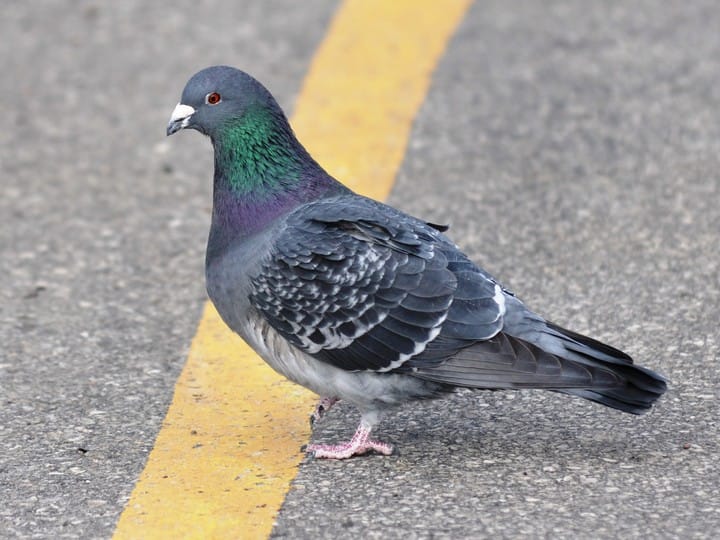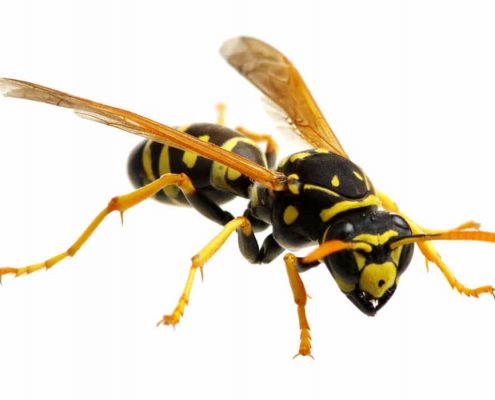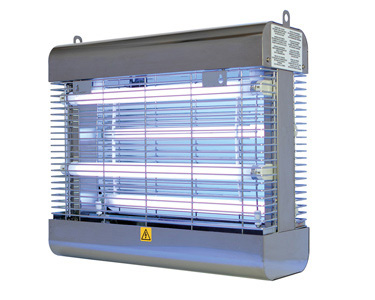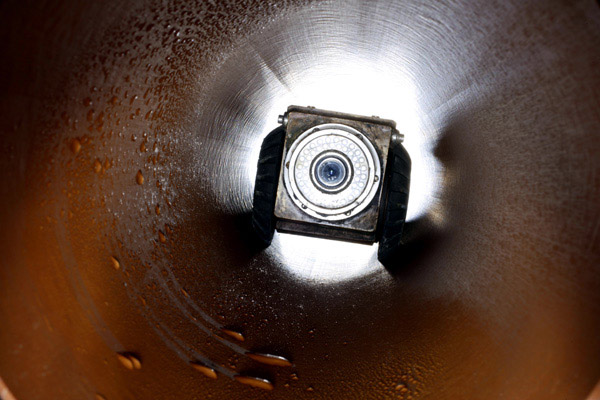Rodent Control
Poor sanitation and the presence of rubbish help rats to survive in commercial areas.
Good sanitation will effectively limit the number of rats that can survive in and around any business premises. This involves proper storage and handling of food materials and refuse, and elimination of rodent shelter (harbourage).
Exterior storage units must be properly maintained to reduce potential rat problems.
Good sanitary practices will not eliminate rats under all conditions, but will make the environment less suitable for them to thrive.
Rat-Proof Construction.The most successful and permanent form of rat control is to make their access to structures impossible. Ideally, all places where food is stored, processed or used should be rodent-proof.
Seal any openings larger than 1/4 inch to exclude both rats and mice. Openings where utility conduits enter buildings should be sealed tightly with metal or concrete. Equip floor drains and sewer pipes with tight fitting grates having openings less than 1/4 inch in diameter. Doors, windows and screens should fit tightly. It may be necessary to cover edges with sheet metal to prevent gnawing.
Common Mice Problems
There are two types of mouse that are commonly found inhabiting a home: the light brown field mouse and the smaller brown or grey house mouse. Both species are of a size which allows them to get into wall cavities, through small holes and around the house without necessarily being seen by occupants.
However, because they carry diseases, they need to be removed at the earliest convenience after an infestation is discovered.
Additionally, it’s important to locate the cause or point of entry for the infestation in order to prevent it from happening again. Once on-site, our team can pinpoint the problem, whether it’s in the roof, vents or doors, and make recommendations which can be easily implemented.


















